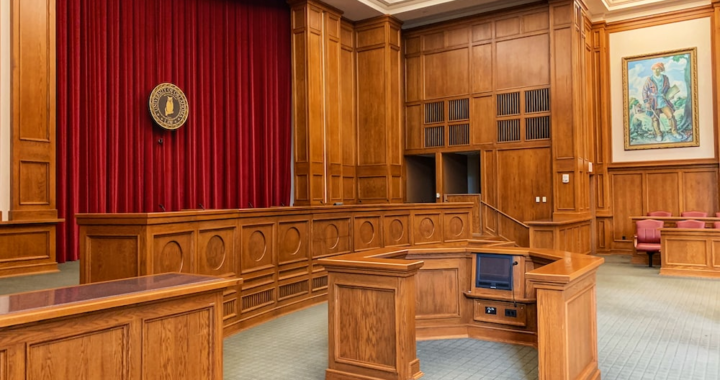With the prevalence of digital forensics in criminal investigations and courtrooms, it’s essential to understand how to rightly present the evidence in a court. Gathering an audio recording that has incriminating evidence isn’t enough. You need to use the clip in a way to build a case and win it. Even the slightest mistake can make audio evidence admissible in a courtroom. So we have made this blog to make sure this doesn’t happen to you.
Do Maintain a Clear Chain of Custody
Maintaining a chain of custody is a crucial requirement that applies to complete digital forensics investigations. Any gap in these records not only makes your audio inadmissible in court but also offers leverage to the opposite party to dismantle the case.
Chain of custody involves maintaining bulletproof records whenever you share the evidence with other parties or agencies. It includes information regarding the transfer, collection, date and time, purpose, analysis, examination, etc. So the golden rule is to document everything.
Do Verify the Authenticity of audio Evidence
Before presenting your audio evidence to the court and the jury, ensure its authenticity and legitimacy. For this, you have to make sure it isn’t tampered with, manipulated in any way, or fake. Here are the conditions for presenting evidence to the court:
- It accurately represents the events that occurred
- It proves the occurrence of a crime
- It’s relevant
To prevent your audio from looking like it has been tempered, hire a professional audio forensic analyst to extract the relevant data to present it to the court.
Don’t Work on the Original File
Performing digital forensics on an original file can make it inadmissible to the court because you may accidentally tamper with it. Professional audio forensic experts perform imaging techniques to replicate the file and perform the required analysis. This will preserve the integrity of the original file and let you extract the most relevant information and perform other required changes like voice enhancement, background noise removal, etc.
Don’t Play Irrelevant Information
You don’t bring the entire audio recording and play it to the jury. It’s important to only use information that’s relevant to the case to avoid wasting the court’s time. Any irrelevant information may even steal the limelight from the crucial bits that can strengthen your case.
Don’t Submit Unredacted Audio
You must redact any personal or confidential information before presenting the evidence to the court. Unredacted files are inadmissible and may also cause issues for the parties involved. Digital forensic experts precisely redact audio files to ensure their admissibility and relevancy.
At Eclipse Forensics, we offer complete audio and video forensics services, including data or image redaction, analysis, extraction or conversion of a file, etc. Our experienced digital forensic experts have worked on many cases and can help you present the audio to the court in the most effective way. Contact us for details.


